The Ornamental, Decorative and
Very Tasty Sage Plant
With over 750 varieties, the gorgeous sage plant (Salvia) belongs to the mint family of plants and has been a welcome addition to herb gardens around the world for centuries.
Native to much of southern Europe, the Middle East, parts of Asia and North Africa, as well as both North and South America, its woody stems and pretty mauve, purple or white flowers and easy maintenance are appealing to every level of gardener.
Many Uses For Sage Herb
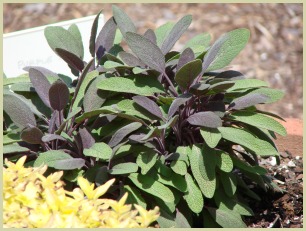
Depending on which sage plants you grow, they can be perennials, annuals and biennials with various sub-species.
And it has many uses, whether fresh or dried.
The chopped leaves can be added to salad, stuffing, herb butter, omelettes, soups and to meats for fragrant flavour.
Or use it fresh or dried to make a healthy drink. Click here for my easy sage tea recipe.
You can use it in a hot bath to cleanse your mind, ease your dry skin and calm your nerves. It's also an excellent insect repellent, and is a common ingredient in fragrant pot pourri.
Note: Its name derived from the Latin salvere, which comes from the word meaning “to save”.
This is apt as this herb has many health benefits, the extracted sage essential oil especially so. Read more on the oil.
Varieties of Sage Plant...
Here are just a few of the nearly thousand varieties you could grow. Most are edible, some non-edible...
White sage, meadow, autumn, bog, pineapple, Texas and Jerusalem.
If you prefer an ornamental, decorative plant, I suggest Mexican bush sage. This non-edible variety is a favourite of gardeners.
Growing Some...
Apart from culinary uses, another reason for considering adding it to your garden is for the benefit of all your other plants.
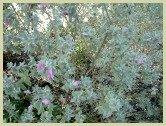
Sage can attract honeybees to the garden, helping to pollinate your flowers. It can also help drive away certain common garden pests, including some moths.
It also plants nicely with rosemary, and helps improve the taste of your cabbage.
With so much to gain, and so little work required, why not add a sage plant or two to a sunny corner of your garden?
For detailed steps and advice, see my growing sage page.
Image Links to Other Herb Plants You May Like to Read About
Rosemary - Healthy With Many Culinary Uses |
Basil - Growing and Using the King of Herbs! |
Everything You Need to Know About Parsley |
Click on the buttons above to follow me on your favourite social media:
by
Jason Pitcher

Sign up to my monthly newsletter and get a
FREE Book!
Click on the buttons above to follow me on your favourite social media:

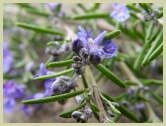
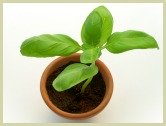
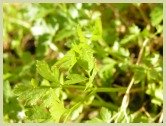






New! Comments
Have your say about what you just read! Leave me a comment in the box below.